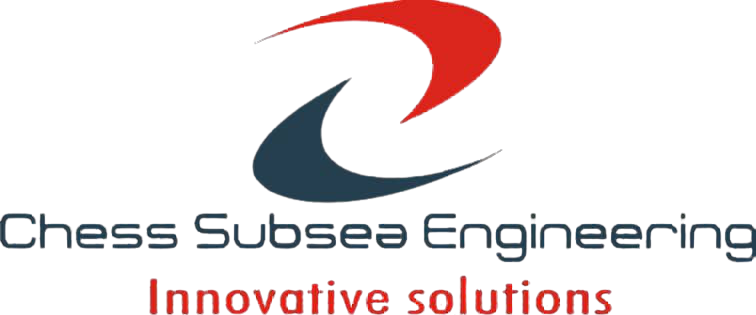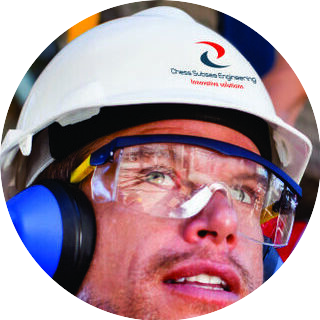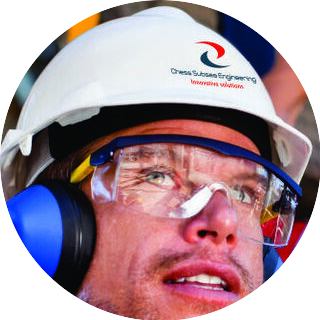-
AuthorPosts
-
November 25, 2019 at 10:03 am #4426

LucasParticipantJacking Systems
Offshore jacket legs can be lowered or raised using jacking system. Jacking system general consist of either Hydraulic or Electric device and a gear arrangement or Rack and Pinion arrangement on the legs.
November 25, 2019 at 10:04 am #4427
LucasParticipantGeotechnical Aspects
Geotechnical aspect needed to be investigated prior to mobilization and installation of jackup rigs at drill site are Hazard at site such as seabed conditions, environmental parameters etc, Evaluation of possible failure modes, Evaluation of ballast capacity to achieve the pre-load condition, Evaluation of bearing capacity for operating conditions, Effect of jackup leg penetration and its effect on the jacket piles in the vicinity, Effect of jackup leg withdrawal and loss of lateral support for the jacket piles in the vicinity and Evaluation of jacket stability during storm conditions.
November 25, 2019 at 3:37 pm #4432
MohammedParticipantAnalysis of Jackups
Typical jackup analysis involves the following stages:
I. Identification of legs as simplified model as beam element with spring supports below soil and connected to the hull.
II. The hull can be modeled using plate or equivalent beam element.
III.Estimation of global environmental loads
IV. Estimation of gravity & operational loads
V. Global analysis using non-linear analysis to account for large displacements.November 25, 2019 at 3:38 pm #4433
MohammedParticipantLeg Design
Design of legs involve the following steps:
I. Estimation of wave and current induced loads either by global analysis based on maximum base shear method or maximum moment method.
II. Estimation of gravity loads and wind induced shear from the super structure.
III.Design of lattice truss by simplified method or by the global analysis and design of each lattice members.November 25, 2019 at 3:38 pm #4434
MohammedParticipantIndirect Design
Energy absorption requires the structure to behave in a ductile manner. Mesures to obtain adequate ductility are
I. Provide connections of primary members with strength exceeding that of the parent member.
II. Provide redundancy in the structure such that alternate load distribution may be developed.
III.Avoid dependence on energy adsoption in struts with a sharply decreasing post buckling capacity.
IV. Select materials with sufficient fracture toughness properties.
V. Select materials such that the ultimate tensile strenght is higher than the yield strenght to avoid rupture to occur at first yield eben if the
fracture toughness is high.
VI. Design joints and members to maintain their capacity through substantial concentrated inelastic deformation, to meet compact section
requirement.December 6, 2019 at 10:30 am #4542
KelvinKeymasterSources of Fire
I. Hydrocarbon Direct Fire (i.e. Fuel, Ignition and Oxygen).
II. Blast Initiated Fire.
III.Collission Initiated Fire.
IV. Dropped Object Initiated Fire.
V. Select materials such that the ultimate tensile strenght is higher than the yield strenght to avoid rupture. -
AuthorPosts
- You must be logged in to reply to this topic.






